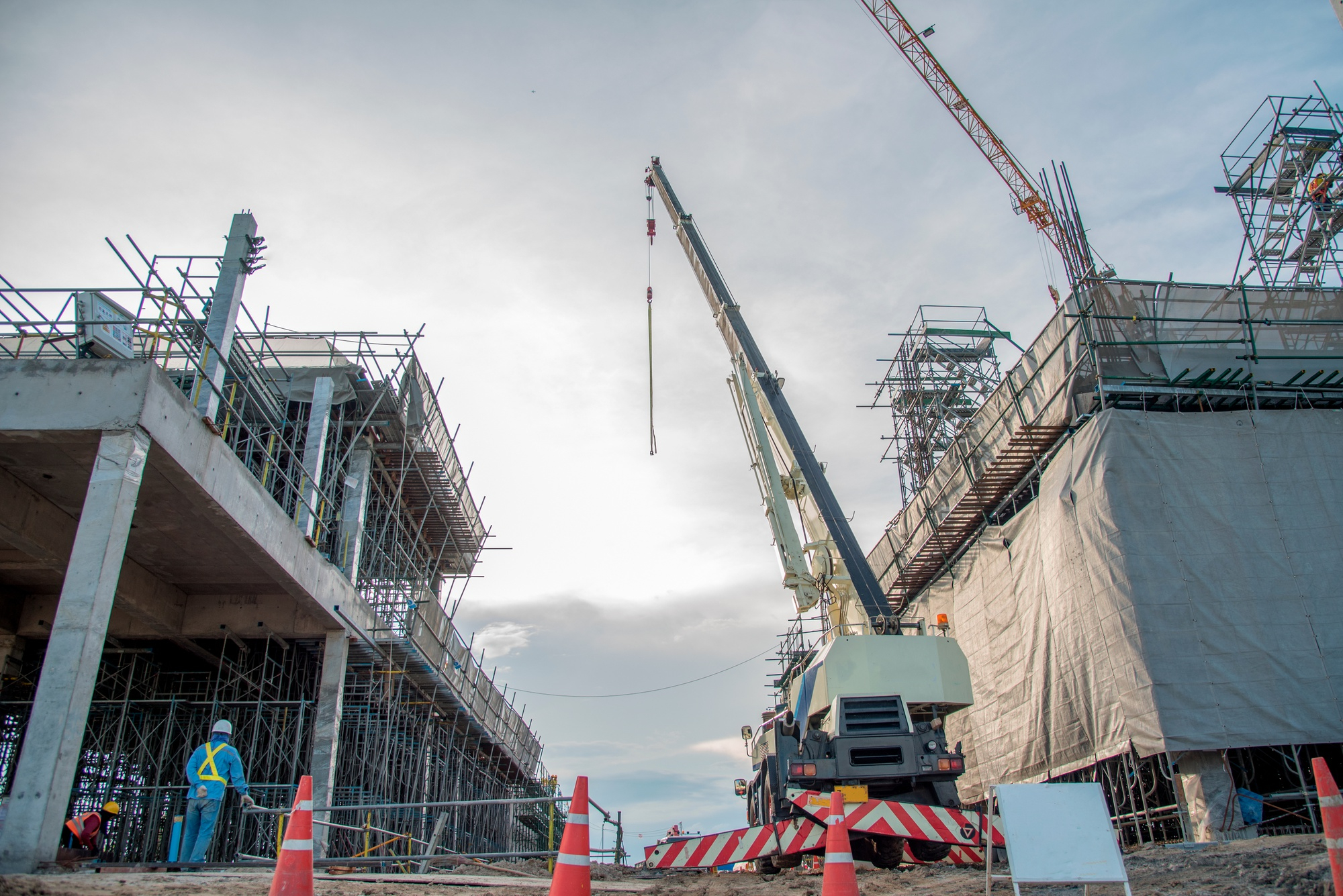Developers Risk Overpriced Land Acquisitions Especially During Non-Monsoon Period

Findings by PropertyGuru DataSense suggest that property developers risk overpricing their land acquisitions, particularly if land purchases are made during the non-monsoon period with transaction prices used as a benchmark. Higher financing costs due to increased interest rates and premiums from banks and insurers are also another factor developers buying into flood-risk areas must grapple with.
Further difficulties may arise if their projects are in the midst of selling during the monsoon period. A DataSense analysis of two unidentified projects also shows that the project with considerably lower flood risk outperformed the other project in terms of demand and pricing during the monsoon season.
It is important to understand that because the findings were based on historical data, the potential price consequences could be significantly bigger when taking the effects of worsening climate change into account.
The example that follows shows how transaction data can be used to analyse the impact of flood risk. We use Wilayah Persekutuan Kuala Lumpur transaction data from 2018 to the beginning of 2021, as well as flood scores produced by Climate Risk Solutions.
The number of flood-triggering meters, such as high return period flood layer, height above nearest drainage (HAND), slope, elevation, and land use land cover ratio, is used to compute Intensel's Flood Risk Score.
The table below indicates the extent of risk given the range of scores. The risk of flood is higher if the flood risk scores are higher.
Flood Risk and Housing Prices

Our regression model revealed that flood risk has a detrimental effect on housing prices in Malaysia's capital city. A one-point gain in the score corresponds to a 0.37% price reduction. Price trends can also be impacted by flood risk; buyers of property with higher flood risks see fewer benefits than those with lower flood risks. From 2018 to 2020, the median price of residential properties with high flood risk (more than 40) was consistently less than the median price of homes with low flood risk (less than 40).

Homebuyers who purchase homes with higher flood risks are likely to have less benefits than those who purchase those with low flood risks in terms of price trends and flood risk. It was discovered that from 2018 to 2020, the median price of residential properties with higher risk was lower when comparing those with low risk (less than 40) to those with medium-high risk and beyond (more than 40) (see Figures 3 and 4).

Even if there are some occasions where the costs of residential properties with high risk are higher than those with low risk, these instances seem to be the exception. Furthermore, it was noticed that the costs of houses with medium-high risk or higher tend to rise outside of monsoon season. In other words, purchasers who make purchases outside of monsoon seasons frequently overpay, especially if they think they have taken sufficient risk-reduction measures.
Flood Mitigation and Avoidance Through Data Analytics
Through flood mitigation or avoidance measures, developers can manage flood risk. A thorough understanding of the land's elevation, proximity to rivers, drainage capacity, and historical flood maps is necessary for avoidance as a strategy. However, the modelling goes beyond simply taking flood data from the past because it also needs to take climate change into account. Companies that offer Climate Risk Solutions frequently have access to such information.
Even if evaluating the scores will assist the developer in recognising potential hazards during the land acquisition stage, it might not be helpful if they already own the site. If sufficient mitigating measures can be implemented, the site's advantageous location qualities, such as its proximity to job clusters or train stations, may make sense in this situation.
Utilising transaction data is necessary for the subsequent level of assessment to determine whether the market makes use of flood risk. If developers purchase the land at the going rate, but flood risks are not adequately capitalised, they run the danger of losing money. Through access to data analytics, developers will have more foresight to plan ahead with data such as the quantity of listings, median prices of listings, and the number of views on property listing sites.


